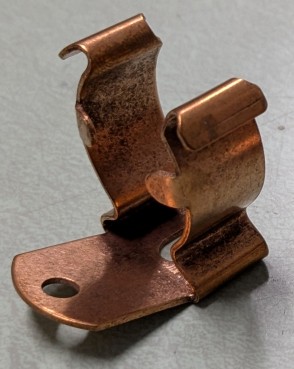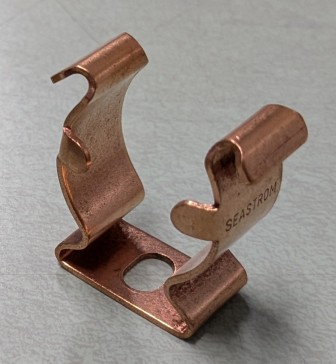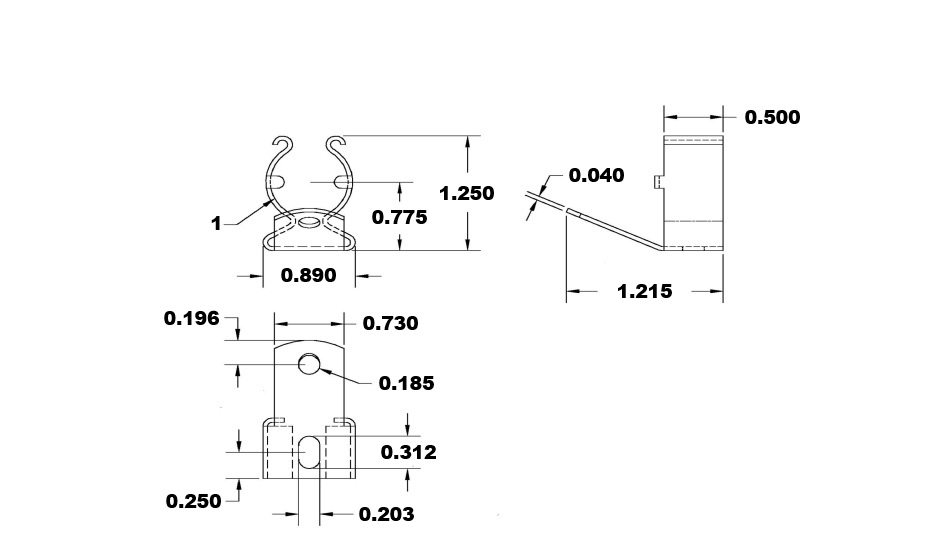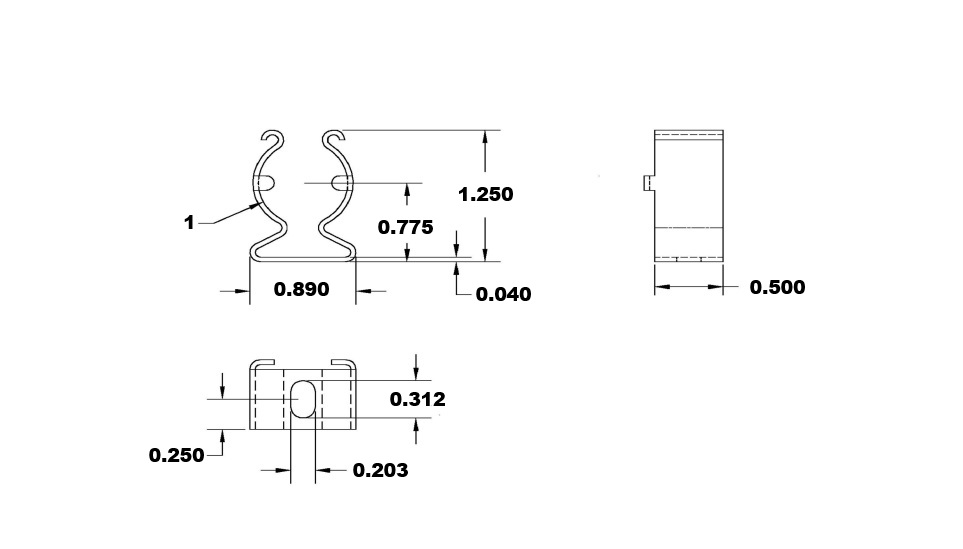High voltage resistors typically handle voltages over 1000 volts. Ohmweve resistors handle voltages up to 20,000 volts. Higher voltages can be achieved by wiring resistors in series.
High voltage resistors operate generally the same as other resistors (see our ‘Resistor Primer’ page). Dimensions may be larger to keep opposite polarity terminals far from each other. Their distance from ground or other lower voltages may need attention to prevent arcing. High voltages can creep across surfaces over time.
Another special consideration, when designing with high voltage resistors is corona. Above 30,000 volts the air around any bare metal will begin to ionize and conduct electricity. This may result in a purple glow around the conductor as electrons are stripped off of the nitrogen molecules nearby. Energy will be lost from the circuit and noise will be introduced. The voltage threshold for this phenomenon will vary with humidity, air pressure and the surface finish of the conductor. Rounded surfaces reduce electric field strength and reduce the incidence of corona. Sharp points do the reverse.
There are a number of methods to reduce problems from corona:
Lower the voltage
Round any sharp points.
Insulate conductors with non-conductive material to eliminate their contact with air.
Submerge the conductors in a dielectric oil
These resistor clips provide an electrical connection for 1” diameter tubular resistors. Their natural spring action provides good electrical contact with the conductive end of the resistor. The material is beryllium copper.






